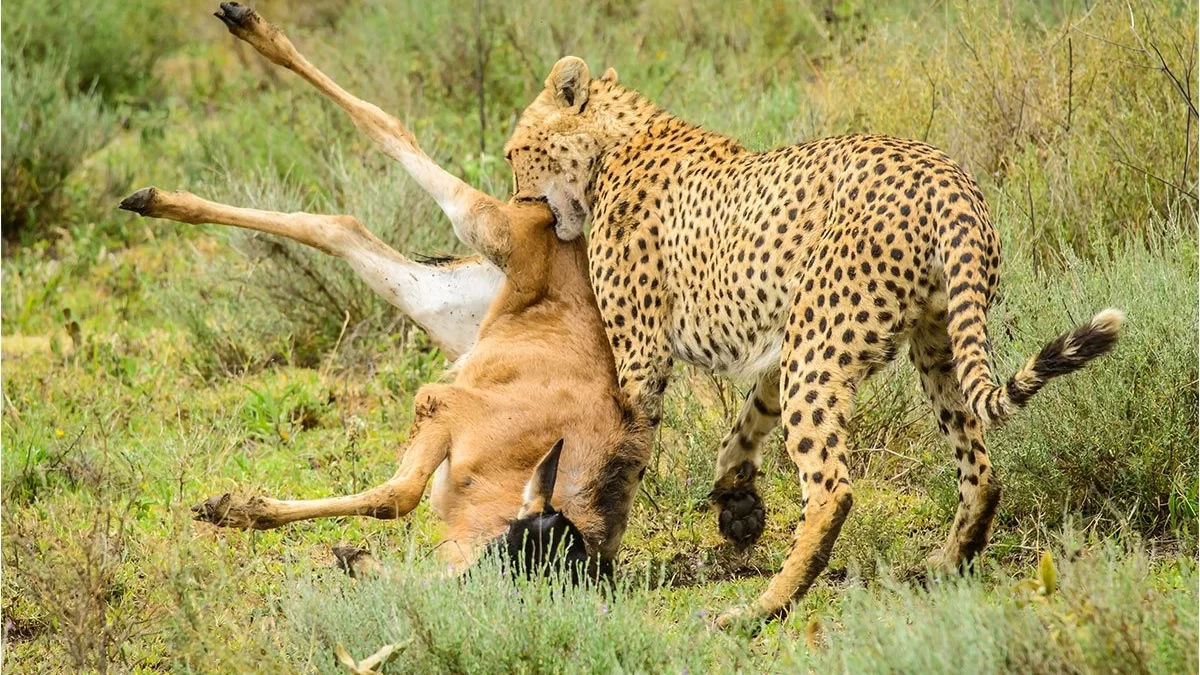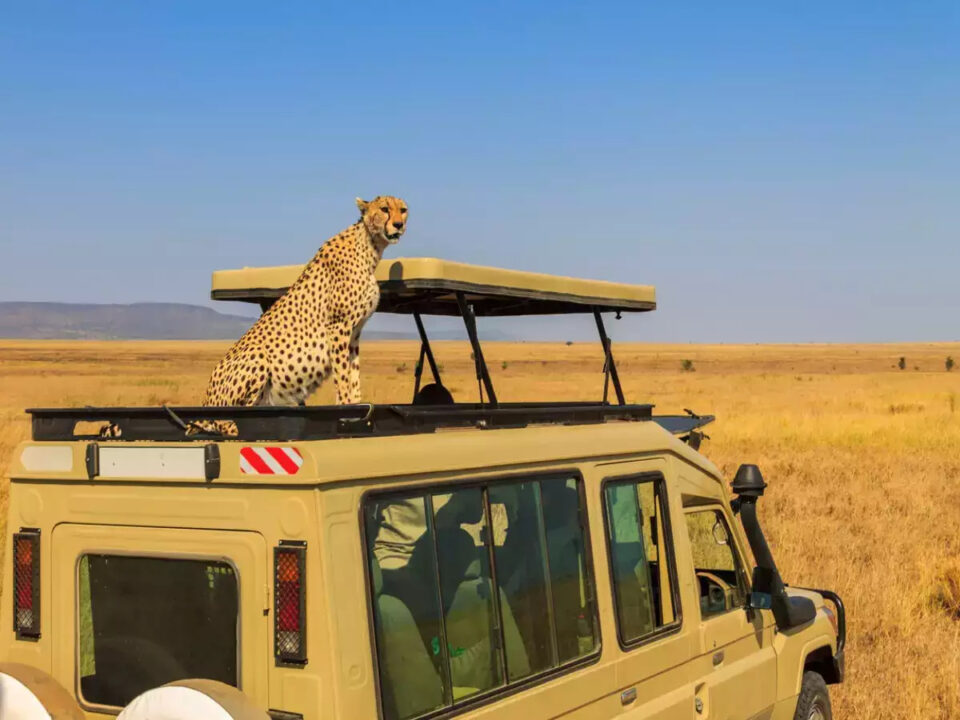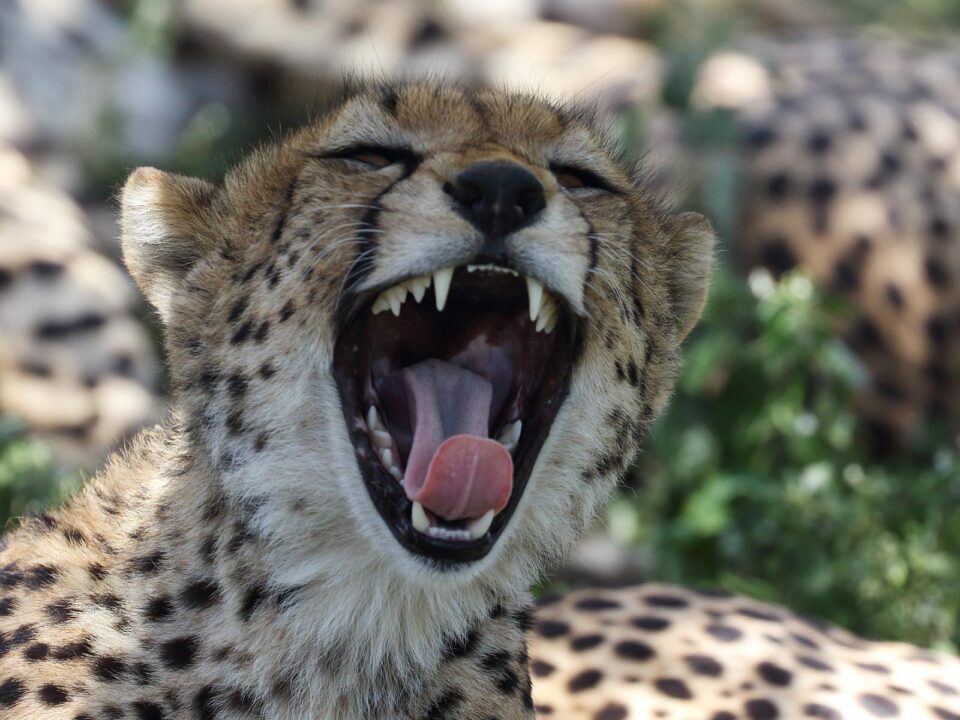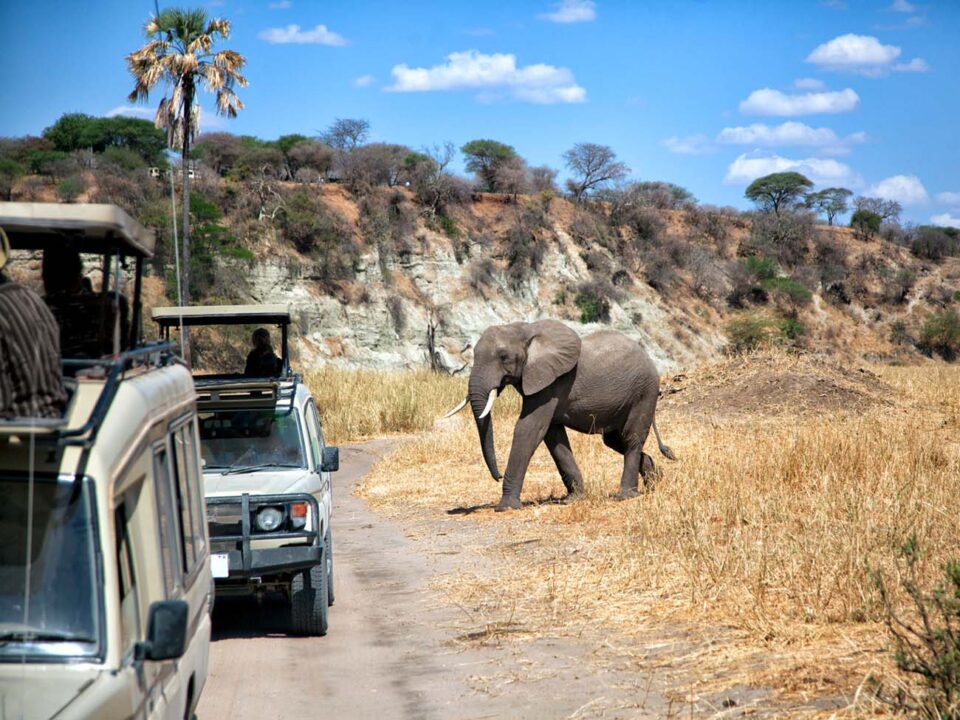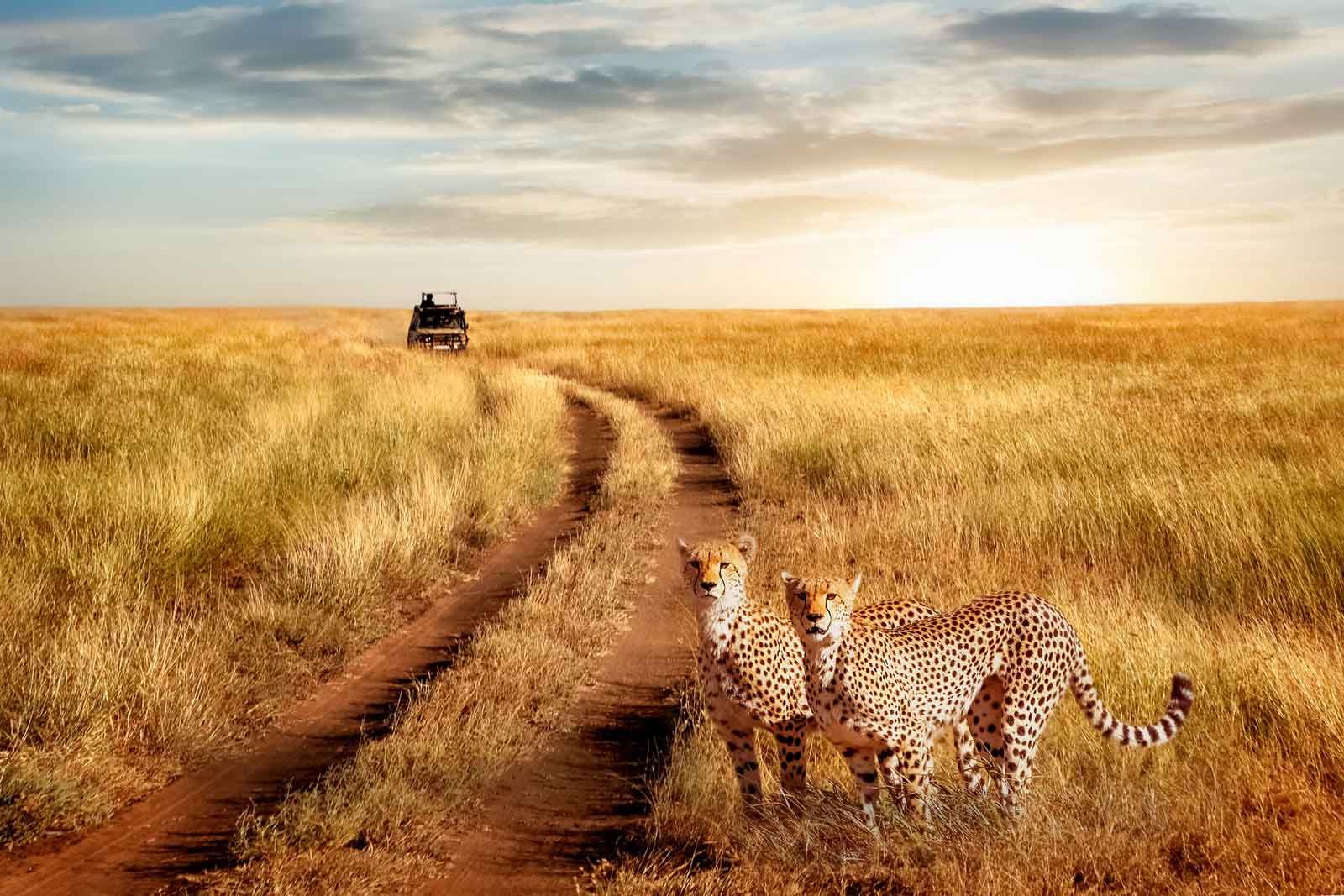
Best Time to Visit Tanzania
February 23, 2024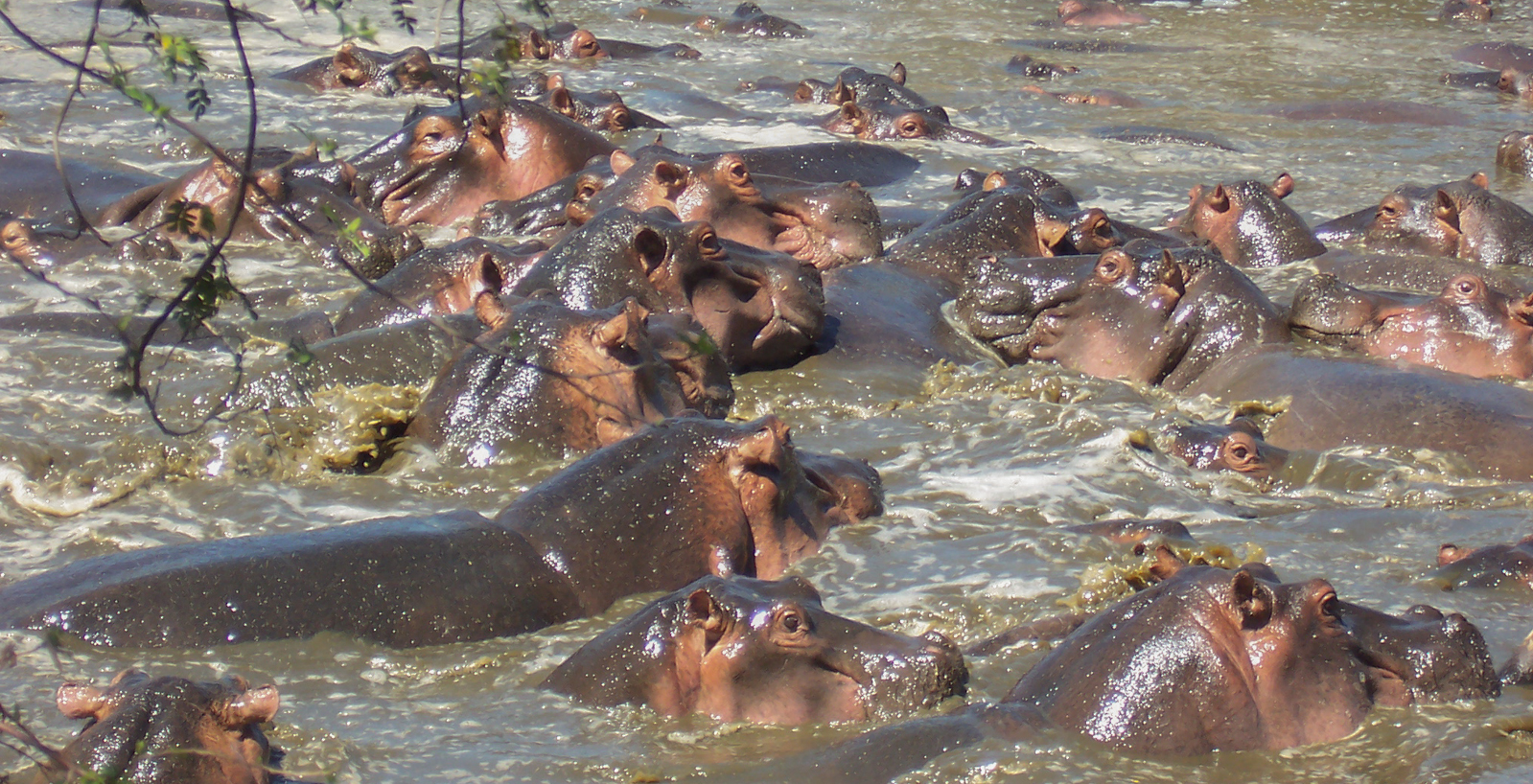
Retina Hippo Pool in Central Serengeti, Tanzania
February 23, 2024When is the Best Time to visit Serengeti? – Navigating the Best Seasons for Wildlife Wonders
Embarking on a journey to the iconic Serengeti National Park demands careful consideration of the optimal timing to witness its unparalleled wildlife spectacles. This guide is tailored for discerning travelers planning an East African safari to Serengeti, providing essential details for an informed safari experience.
While the allure of game viewing in Serengeti persists throughout the year, certain periods offer unique highlights. The dry season, spanning from late June to September, emerges as the quintessential window for a mesmerizing wildlife encounter. This period witnesses the pinnacle of the wildebeest migration, a spectacle that defines the Serengeti experience. The migration, marked by wildebeests crossing the Grumeti River from Serengeti in Tanzania to Masai Mara in Kenya, reaches its zenith during these months. The migration’s timing varies annually, with the best chances of witnessing this natural spectacle occurring in late June to July. Additionally, the wildebeest calving season unfolds from late January to February, amplifying the allure of this period.
Best Times to Embark on a Serengeti Safari: A Comprehensive Overview
For those seeking the optimal time to visit Serengeti, the following breakdown elucidates the distinct advantages and characteristics of each season:
Best Time to Go:
- January to February: Ideal for observing wildebeest calving.
- June to September: Prime time for general game viewing, featuring the chance to witness the wildebeest crossing of the Grumeti River, especially in June and July.
Peak Season:
- July to March: Expect elevated visitor numbers, particularly around the Seronera area.
Low Season:
- April and May: Characterized by fewer crowds.
Best Weather:
- June to October: Experiences minimal or no downpours, ensuring a dry and pleasant climate.
June to October – Dry Season:
- June-July: Witness the wildebeest migration through the western corridor, offering optimal viewing opportunities. Animals concentrate around waterholes and rivers, facilitating easier spotting due to reduced vegetation thickness. The weather is generally sunny and dry during this period.
- The Seronera area may be crowded from June to August, accompanied by cold mornings and nights. Visitors embarking on early morning game drives are advised to carry warm clothing.
November to May – Wet Season:
- January to February: Excellent time for observing predator actions during the wildebeest calving period in southern Serengeti, featuring glamorous scenery.
- April and May constitute the low season, characterized by fewer crowds, and accommodation rates may be more favorable. Despite the wet season, wildlife viewing remains excellent throughout the year.
- March to May marks the climax of the wet season.
Serengeti’s Timeless Ecosystem: A Glimpse into Ancient Patterns
The Serengeti ecosystem stands as one of the earth’s oldest, preserving timeless features of climate, flora, and wildlife for millions of years. Early humans left their mark in Olduvai Gorge around two million years ago, and some patterns of life, death, adaptation, and migration remain as ancient as the landscape itself.
An awe-inspiring spectacle unfolds each year as over a million wildebeest and approximately 200,000 zebras embark on a journey from the northern hills to the southern plains during the short rains of October and November. Subsequently, they change course, heading west and north in response to the long rains of April, May, and June. This instinctive migration, withstanding droughts, gorges, and crocodile-infested rivers, remains a prehistoric marvel. It is this migration that perhaps elevates Serengeti to its pinnacle of renown.

